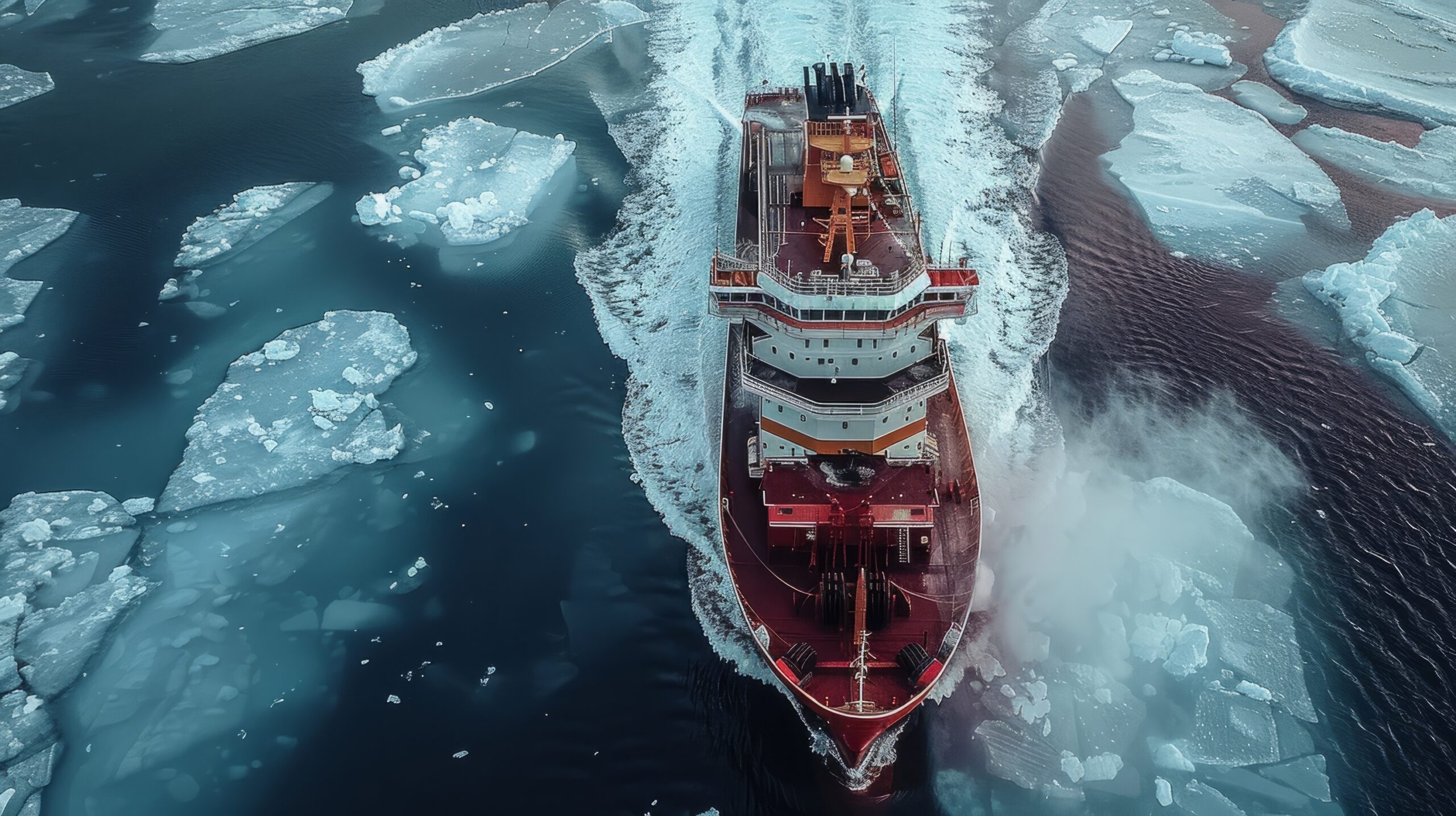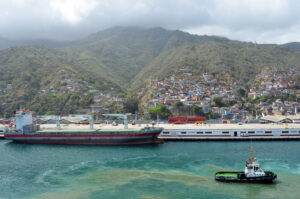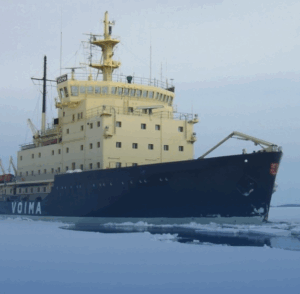A new 10-year report by the Arctic Council Working Group on the Protection of the Arctic Marine Environment (PAME) highlights a 37% increase in ships in the Arctic over the 10 years.
The number of unique ships entering the Arctic Polar Code area from 2013 to 2023 increased by 37%, around 500 ships. Unique ships refers to each ship only counted once, although it might enter the area multiple times over each year.
Specifically, shipping in the Arctic has been increased from 1,298 ships in 2013 to 1,782 in 2023, an increase of 37% over the 10-year period.
In 2023 41% of all ships that entered the Arctic Polar Code area were fishing vessels.
Bulk carrier traffic in 2013 in the Polar Code Area was very low. By 2023 it had increased substantially.
The distance sailed by bulk carriers in the Arctic Polar Code Area has risen 205% between 2013 and 2019.
All other vessel types show a similar upward trend.
Fishing vessels are the most common type of ship in the Arctic Polar Code Area, representing over one-third of all ships.
The second most common ship type is general cargo ships. Between 2013 and 2023, there was an increase in the number of ships of each ship type in the Arctic Polar Code Area apart from oil tankers and research vessels.
Hjalti Hreinsson, project manager at PAME who administers the ASTD System, shares some insight into why we are seeing the trends made apparent in PAME’s Arctic Shipping status reports.
“Several reasons contribute to the increase in Arctic shipping,” said Hjalti Hreinsson. “One of them, and perhaps the most prominent one, is an increase in natural resource extraction.
“Compared to other marine areas worldwide, there aren’t that many ships in the Arctic, and new projects will strongly impact statistics.
“For example, two large projects – the Mary River Mine in Nunavut and the Yamal Gas project – have led to increases in shipping in the Arctic Polar Code area. The number of bulk carriers has significantly increased as has the traffic of gas tankers, of which there were almost none in the Polar Code area prior to 2018.”



